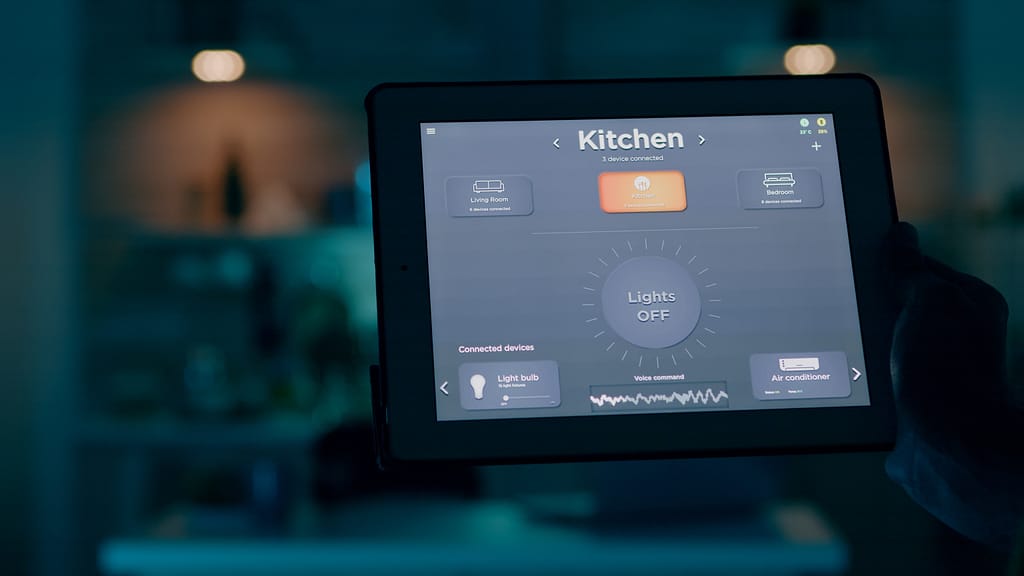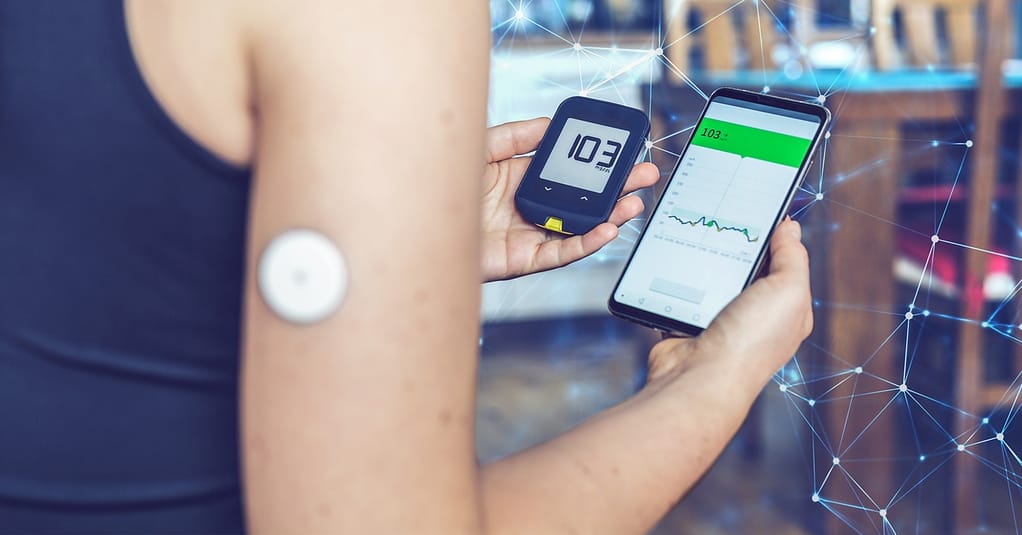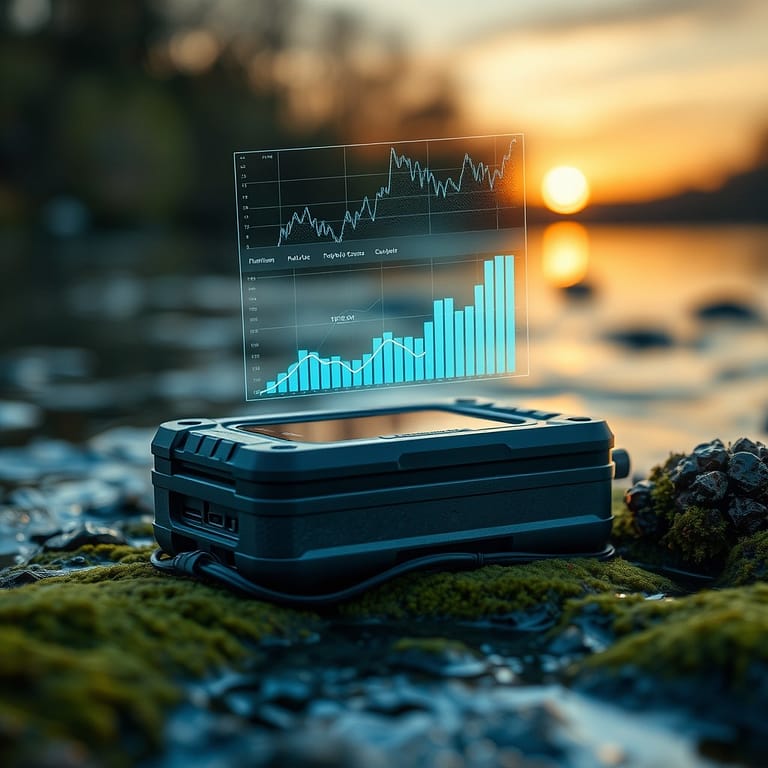In an era defined by technological innovation, the interconnection between devices through the internet has become the new norm. So much so that the digital and physical realms are seamlessly blending before our eyes every day. But what is an IoT device – and what is its role in this digital revolution?
To answer that question, we need to talk about what “IoT” means, first and foremost.
“IoT” stands for “Internet of Things” – a concept that emerged as early as the 2000s as a transformative force, revolutionizing the way we interact with the world around us. But don’t worry, we are going to further expand on that.
At its core, an IoT device is a device that uses this blending of physical and digital realms to pave the way for an interconnected world where objects can communicate, share data, and operate autonomously.
In this article, to answer what is an IoT device, we want to delve deep into the concept of this technology’s functionalities, as well as the implications of its widespread adoption.

What is an IoT device?
An IoT device is an object embedded with sensors, software, and connectivity capabilities that enable it to collect, exchange, and process data via the Internet and other communication networks.
These devices can range from small and simple objects like smart thermostats and fitness trackers to more complex systems like smart cities, industrial machinery, and autonomous vehicles.
A good way to understand what is an IoT device is to understand what exactly is the Internet of Things, so let’s first explore this concept.
What is the Internet of Things?
The Internet of Things refers to the concept of connecting everyday physical objects or “things” to the Internet and to one another.
These objects can include a wide range of devices, appliances, vehicles, and even people – which are embedded with sensors, software, and other technologies that enable them to collect and exchange data. In this sense, a modern printer and car are both IoT.
The goal of IoT is to create a network where these interconnected objects can communicate, share information, and perform various tasks without the need for direct human intervention.
The Internet of Things represents a technological shift that’s shaping the way we interact with our surroundings. It creates a world where everyday objects become intelligent, interconnected entities that work together to enhance our lives, streamline industries, and drive innovation.

Key Components of IoT Devices
Sensors
At the core of IoT devices lie sensors, which function as the sensory organs of these interconnected systems.
These sensors play a pivotal role in capturing a diverse range of real-world data, spanning from ambient temperature and humidity levels to luminosity and intricate motion patterns.
By meticulously converting these physical phenomena into precise digital signals, sensors enable the subsequent stages of processing and analysis.
Connectivity
The ability of IoT devices to seamlessly communicate and share data defines their essence. This connectivity is facilitated by a plethora of communication protocols, each catering to specific needs.
Wi-Fi ensures high-speed data transfer within the proximity of a network, while Bluetooth enables efficient short-range connections between devices. All the while, cellular networks empower IoT devices with the capability to transmit data across vast distances.
Specialized IoT protocols like LoRaWAN and Zigbee serve to connect devices with low-power, wide-area communication, essential for applications like smart agriculture and industrial monitoring, for example.
Data Processing
After the initial data capture and transmission, IoT devices embark on a journey of data processing. And there is a lot of data to be processed.
Within the device itself, integrated processors undertake preliminary analysis tasks, filtering and aggregating the incoming data streams. For more intricate analysis, data may be sent to external servers or cloud-based platforms equipped with substantial computational power.
This processing phase encompasses a spectrum of operations, ranging from data cleansing and normalization to complex algorithmic computations, such as predictive modeling and anomaly detection.
Data management is one of the biggest challenges for the development of IoT devices. The massive influx of data generated by IoT devices can overwhelm systems and necessitate increasingly sophisticated data management and analysis tools.

User Interface
Bridging the gap between the intricacies of technology and the end user’s experience, the user interface forms an indispensable component of IoT devices.
Often manifested through mobile applications or web interfaces, this interface empowers users with the ability to effortlessly interact with and manage their devices remotely.
From monitoring real-time device status and adjusting settings to accessing historical data trends, the user interface enriches the IoT ecosystem with convenience, personalization, and a heightened sense of control.
Security
Beyond the core components, security is an elemental aspect of IoT devices – which is more than understandable when it comes to the Internet.
As these devices collect and transmit sensitive data, they become potential targets for cyber threats. Robust security measures, including encryption, authentication protocols, and regular software updates, are crucial to safeguard data integrity, user privacy, and the overall functioning of the IoT ecosystem.
Power Management
To power all the sensors, and perform the connectivity and data processing, you need power. And that is a big element of IoT devices.
Effective power management emerges as a critical component. So, research in efficient batteries and energy distribution structures is at the forefront of the development of IoT devices.
Low-power design strategies, such as optimized sensor sampling rates and sleep modes, are implemented to extend device longevity and minimize the need for frequent battery replacements.
Scalability and Interoperability
The expansiveness of the IoT landscape necessitates the ability of devices to seamlessly integrate and scale according to changing requirements.
This is another big challenge ahead, as with a multitude of manufacturers and communication protocols, ensuring seamless communication and compatibility between different IoT devices can be challenging.
Therefore, the use of standardized protocols and frameworks is heavily encouraged throughout the industry, as it fosters interoperability, allowing diverse devices from various manufacturers to communicate and collaborate cohesively.
The Future of IoT Devices

Hopefully, now you understand a little better what is an IoT device. As technology continues to advance, the landscape of IoT devices is poised for significant growth.
From advancing healthcare through remote patient monitoring to enabling smart transportation systems that reduce traffic congestion, the potential applications of IoT devices are vast.
However, addressing the challenges of interoperability and data management will be pivotal in ensuring the safe and effective deployment of IoT devices on a global scale. Even with all these challenges, IoT devices represent a paradigm shift in the way we interact with and harness technology.
After all, their ability to connect the physical world to the digital realm has the potential to reshape industries, improve quality of life, and usher in a new era of connectivity.
As the world becomes increasingly interconnected, understanding and embracing IoT devices will undoubtedly play a central role in shaping the future.
And as things evolve and get more automated, tracking assets becomes a pivotal aspect for anyone who works with the transportation of goods, especially on a continental scale. On that front, we here at Datanet IoT can help you with our asset-tracking and environmental-tracking solutions and devices.
You can contact us anytime to know more about our products and services!






